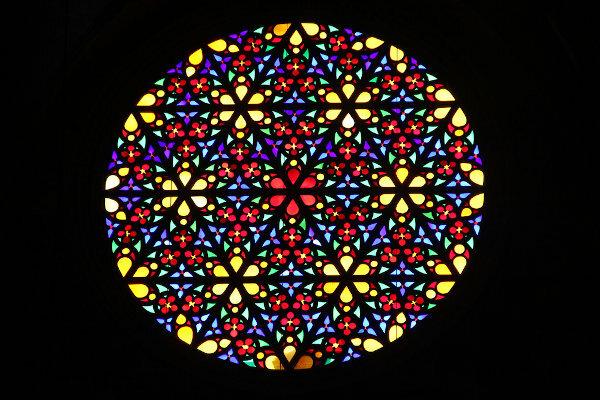A mandala is a circular symbol whose interior features geometric shapes, colors and even human shapes. The word itself means "circle" in Sanskrit. the mandala has had different meanings throughout history., most of them linked to healing and spirituality. It is found and used in religions such as Buddhism and Hinduism, in North American Indian tribes, and even in analytical psychology.
Read too: Graffiti — an artistic expression performed in public spaces
mandala meanings
The mandala has different meanings. At the Buddhism and not Hinduism, it helps in concentration of meditation. It represents the connection between the material and the spiritual.
Furthermore, with regard to its manufacture, the designs and shapes made in the mandala also help with mental and spiritual focus.

For Tibetans, mandalas have a meaning about existence and its cycles. They are made in sand by Tibetan monks. They can bring different elements, such as the figure of the Buddha or geometric figures.

When made in sand, the drawings are dismantled right after they are made and the sand is relocated in rivers or running water. The message here concerns the flow of life, detachment, end and beginning.
Other uses of the mandala
→ Mandala in native peoples
Some representations of mandalas are also found in indigenous peoples. The Eye of God is an example of mandala representation, and is a symbol of the Huchóis indigenous peoples, the Mexico, and Aymara, from Bolivia. This type of mandala is made by intertwining threads of different colors, sticks and sticks. She is related to health, happiness and prosperity.

In shamanism, the dreamcatcher also serves as a kind of mandala. Its role is to filter and inspire the dreams of the one who owns it.

→ Mandala in Christianity
Despite their connection with other spiritual beliefs, it is also possible to find the use of mandalas in the christianity. However, in Christian religions, its use does not have the same meaning or any considerable significance. It is common to find rosettes that refer to mandalas in Catholic churches with Gothic art..

Furthermore, many stained glass windows in Christian churches have representations of mandalas, which, in this case, follow an aesthetic bias.

Read too:What was gothic art like?
→ Mandala in Analytical Psychology
Despite its use and representation in the spiritual and religious sphere, the mandala also has its meaning in psychology. The person responsible for bringing her to this area was the psychiatrist Carl Jung.
Carl Jung was the founder of Analytical Psychology and used the mandala to explain the human psyche. For the psychiatrist, the mandala operated as an attempt by the unconscious in the search for internal healing. In this sense, mandalas would serve to individualize us and connect us with the external environment.
By Miguel Souza
Journalist


